Check out highlights from this year’s Alumni Association meeting in Norway

Typically, continuing medical education (CME) courses offer an opportunity for healthcare professionals to drill down into their specialties, expanding their knowledge within their areas of expertise.
That’s not the case at the biennial Mayo Clinic Alumni Association International Program, where CME topics may be completely unrelated to an attendee’s day-to-day work, says course co-director Elizabeth Cozine, M.D. (MED ’11, FM ’14), Department of Family Medicine at Mayo Clinic in Minnesota.
“Our goals are much different than a typical scientific program,” says Dr. Cozine. “Every single speaker embodies our primary value of focusing on the needs of the patient, but beyond that, it’s an opportunity to be reminded of the uniqueness of the collegiality we all learn as trainees and staff at Mayo.”
Attendees depart with exposure to new topics, practical clinical and research takeaways, new personal connections — and, potentially, a renewed sense of purpose.
“We can highlight the innovative work of our colleagues and then bump into each other at the conference hotel or Nidaros Cathedral — and then maybe later in the subway between the Harwick and Mayo buildings — and form new relationships that not only help our patients, but remind us of the incredible wealth of talent, expertise and human decency among us,” says Dr. Cozine.
Add stunning surroundings — Trondheim, Norway, the historic Viking capital on the shores of a fjord — and the opportunity to catch up with old colleagues and network with new connections, and it’s no wonder the event is so popular.
This year’s sold-out June conference drew 242 alumni and their guests from 16 U.S. states and 4 additional countries — the largest group of attendees in the last 20 years.
This year, the CME course featured a larger mix of specialties and speaker backgrounds from all three Mayo Clinic sites, says course co-director Atul Jain, M.D. (GIM ’14), Division of General Internal Medicine, Mayo Clinic in Arizona. There was an increased emphasis on cancer biology, detection and therapy, as well as cutting-edge technology such as novel gastrointestinal interventions and the use of AI to identify rare diseases.
“The lecture hall became more packed as the sessions progressed, up until the last talk,” says Dr. Jain. “This can be unusual for some CME, as attendance can often diminish toward the end. The audience can vote with their feet, and seeing so many chairs filled told me that the program garnered significant excitement.”
In a post-conference survey, attendees praised the beautiful location, the networking, the venue, the food and the talented speakers.
One attendee noted that the lectures and interactions with attendees brought to mind the spirit of the Mayo brothers and great memories “of training under ‘giants’ of medicine.’”
“My time in Trondheim reminded me why medicine is such an honorable calling, and that my time at Mayo was the greatest privilege,” the attendee stated.
Read highlights from the program’s speakers below.

Mayo Clinic Alumni Association International Program course directors Atul Jain, M.D., and Elizabeth Cozine, M.D.

A statue commemorating Viking king of Norway Olav Tryggvason.

The exterior of Nidaros Cathedral.

Innovations in Gastroenterology: Artificial Intelligence and Beyond
Darrell Pardi, M.D. (GI ’98, CTSA ’09), chair, Division of Gastroenterology and Hepatology, Mayo Clinic in Minnesota
Learn more.
Gastroenterology and hepatology are advancing rapidly through innovation in artificial intelligence (AI), digital health, endoscopic technology and the combination of these fields. Advances include:
Better diagnosis. Currently, endoscopic biopsy sampling to detect cholangiocarcinoma is poorly sensitive. AI-aided cholangioscopy has led to sensitivity, accuracy and negative predictive values of over 90%, according to research from Mayo Clinic.
Sedation triage. Mayo Clinic Health System developed an automated application to determine which GI procedures should be performed under anesthesia versus moderate sedation, reducing staff cognitive burden and increasing the use of moderate sedation.
New endoscopic technology. Research has shown that endoscopic sleeve gastroplasty resulted in total body weight loss of 14% at 3 years post-surgery. Other promising research indicates that ablating the duodenal mucosa via endoscopy can result in the mucosa regenerating with normal insulin sensitivity. Larger studies aim to replicate these preliminary findings.
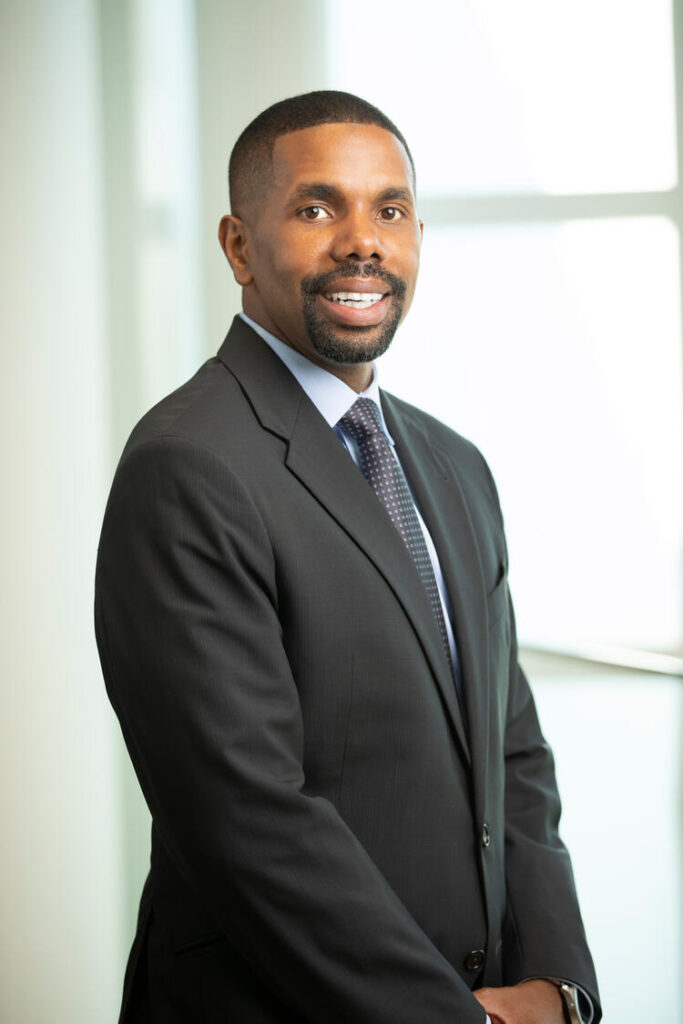
Health Inequities in Chronic Kidney Disease
Ivan Porter II, M.D. (I ’11, CMR ’12, NEPH ’14), Division of Nephrology and Hypertension, Mayo Clinic in Florida
Learn more.
Chronic kidney disease (CKD) is staged according to the patient’s glomerular filtration rate (GFR). Traditionally, the GFR calculation was adjusted so that, based on equal creatine levels, GFR was higher for Black patients. This led to disparities for Black patients, including later referral for kidney transplant.
More recently, the medical establishment has slowly adopted the use of a GFR formula that does not include race. However, there are still enormous racial health disparities in CKD, including incident rates of end-stage renal disease that are over three times as high in Black populations compared to white populations.
CKD and its progression are affected by social determinants of health such as healthcare access, social and community context, and economic stability. For example, where an individual lives plays an important role in transplant availability — and enrolling in multiple transplant centers is not feasible for some people due to the travel, cost and time involved.
Health professionals have a responsibility to advocate formally and informally for policy changes that address structural racism and social determinants of health. Researchers must recognize that race is not a proxy for precision medicine. Rather, the use of genetic testing and subsequent development of polygenic risk scores will help to stratify risks in individuals — with much less risk of exacerbating healthcare disparities. Finally, health professionals should initiate and lead dialogue with populations historically mistreated by the medical establishment to build trust, increase representation in clinical trials and address disparities.

The Mayo Clinic Opioid Stewardship Program
Benjamin Lai, M.B., B.Ch., B.A.O. (FM ’15), Department of Family Medicine, chair of the Opioid Stewardship Program, Mayo Clinic in Minnesota
Learn more.
There were over 107,000 drug overdose deaths in 2023. The solution to the opioid epidemic is not to stop prescribing opioids, but to prescribe the right patients the right opioids at the right time, in the right doses and routes.
To this end, Mayo Clinic established the multidisciplinary Opioid Stewardship Program (OSP) in 2017. Among other accomplishments, Mayo’s OSP:
- Established a Mayo Clinic primary care work group to normalize addiction treatment and prescription of buprenorphine.
- Created opioid prescribing guidelines based on acute, subacute and chronic scenarios, as well as naloxone prescribing guidelines for at-risk patients.
- Organized a multidisciplinary controlled substance advisory group to provide support to primary care providers.
- Tracked opioid prescribing metrics, which showed a decrease in the percentage of hospital discharges with an opioid prescription.
- Implemented a short, validated opioid use disorder screening tool, which is now employed across Mayo Clinic primary care practices, with plans to expand to other practices.

Mayo Clinic and Occupational Medicine
Clayton Cowl, M.D. (THDC ’00), Division of Public Health, Infectious Diseases, and Occupational Medicine, Mayo Clinic in Minnesota
Learn more.
All too often during an illness or after an injury, patients are taken out of the workplace for excessive periods of time. Prolonged time away from work may lead to social, financial and health issues, with increased cardiovascular, mortality and suicide risk.
Healthcare professionals can impact the future of their patients by writing appropriate work restrictions. Many people will not need to miss more than a few days and can return on modified duty.
Work restrictions are descriptions of an employee’s work capacity limitations applicable to reasonably foreseeable work assignments. Work restrictions should be short-term, medically-based, have an expiration date, be minimally restrictive and include a functional description of the impairment.

From Science Fiction to Reality: The Future of Prehospital Acute Care Medicine
Christopher Russi, D.O. (EM ’07), Department of Emergency Medicine, Mayo Clinic in Minnesota
Learn more.
When a critically ill patient arrives in an emergency department (ED) via ambulance, ED professionals typically have extremely limited information about the patient and must quickly work through various life-threatening differential diagnoses.
Remote biophysiologic monitoring (RPM) offers the opportunity to provide real-time patient data to ED medical teams and connect clinical expertise to transport teams, ideally resulting in collaborative life-saving care before patients arrive at the hospital.
Mayo Clinic is currently experimenting with RPM in ambulances and helicopters. On-body wearables collect patient vital signs, which are transmitted via low-energy Bluetooth to a Mayo Clinic-developed physiologic communication kit. This kit transmits the data via satellite back to Mayo Clinic servers. This monitoring can provide thousands of vital sign data points per patient.
The hope is that, eventually, telemedicine colleagues in the ED will keep digital eyes on patients en route to the ED — potentially coming to earlier treatment decisions and even reaching back to flight teams or ground crews to modify care if needed. And with enough data, machine-learning models could help predict adverse events. Along with other maturing technologies, RPM has great potential to shift emergency medicine from reactive to proactive care.

Women, Mood, Hormones and the Life Cycle
Neeta Jain, M.D. (P ’12), Department of Psychiatry and Psychology, Mayo Clinic in Arizona
Learn more.
Women have a higher prevalence of mood disorders than men, and these disorders present at vulnerable reproductive intervals, partially due to concurrent changes in hormone levels.
Hormones such as estrogen and progesterone modulate the release of neurotransmitters, thereby affecting emotion, behavior and cognition. During reproductive intervals, it’s not only the production of hormone changes, but the variation in sensitivity to these changes among individuals — possibly due in part to an allelic variation in the estrogen receptor gene — that leads to mood disorders.
Menstruation. Women who are more sensitive to cyclic hormonal fluctuations may experience premenstrual syndrome, premenstrual exacerbation of a mood disorder, or premenstrual dysphoric disorder. These conditions may be treated with oral contraceptives.
Pregnancy. Untreated depression increases risk of premature birth, miscarriage, low birth weight, fetal growth restriction and postnatal complications. Depression during pregnancy is the greatest risk factor for having postpartum depression. If mood is stable on antidepressants, studies repeatedly suggest remaining on the medications.
Postpartum. After removal of the placenta, hormone levels drop precipitously, which is the underlying pathogenesis of postpartum depression. Newly FDA-approved medications for postpartum depression include brexanolone (Zulresso) and zuranolone (Zurzuvae).
Perimenopause. Perimenopausal women are at higher risk of depression, especially if they have previously experienced depression. Hormonal treatment may be considered in women to target symptoms of hot flashes, insomnia and sexual disturbances. These treatments may prevent onset of depression in women.

Mayo Clinic Academic Solutions
Lois Krahn, M.D. (MED ’89, P ’93, PCON ’94), Division of Pulmonary Medicine, Mayo Clinic in Arizona
Learn more.
There is insufficient capacity to accommodate the many medical learners who want to come to Mayo Clinic as visiting clinicians, visiting students and visiting residents. In addition, medical institutions around the world often ask Mayo Clinic for insight and guidance on topics like opening a medical school, offering residency or fellowship programs, and using simulation to equip learners and faculty.
In response, Mayo Clinic Academic Solutions (MCAS) was born. To help learners, MCAS coordinates with interested institutions to set up 1- to 2-week courses at a Mayo site, with content designed to accommodate that specific group. MCAS also helps client institutions decide whether developing or expanding education and research programs is prudent — and, if so, MCAS provides advisory services. MCAS accomplishes this by:
- Gathering information about the client institution.
- Sharing information about how Mayo Clinic operates, recognizing that this insight may not be universally applicable, especially in different cultures or political contexts.
- Introducing members of the client’s staff to physician and administrative subject matter experts at Mayo Clinic in relevant areas, such as educational information technology and facility planning.
- Helping institutions sharpen their strategic planning, identify key opportunities and challenges, and implement change management.
In the decade since its founding, MCAS has extended Mayo Clinic’s academic reach to over 20 countries and 82 institutions, with revenue invested back into the Education Shield to enhance all education efforts.
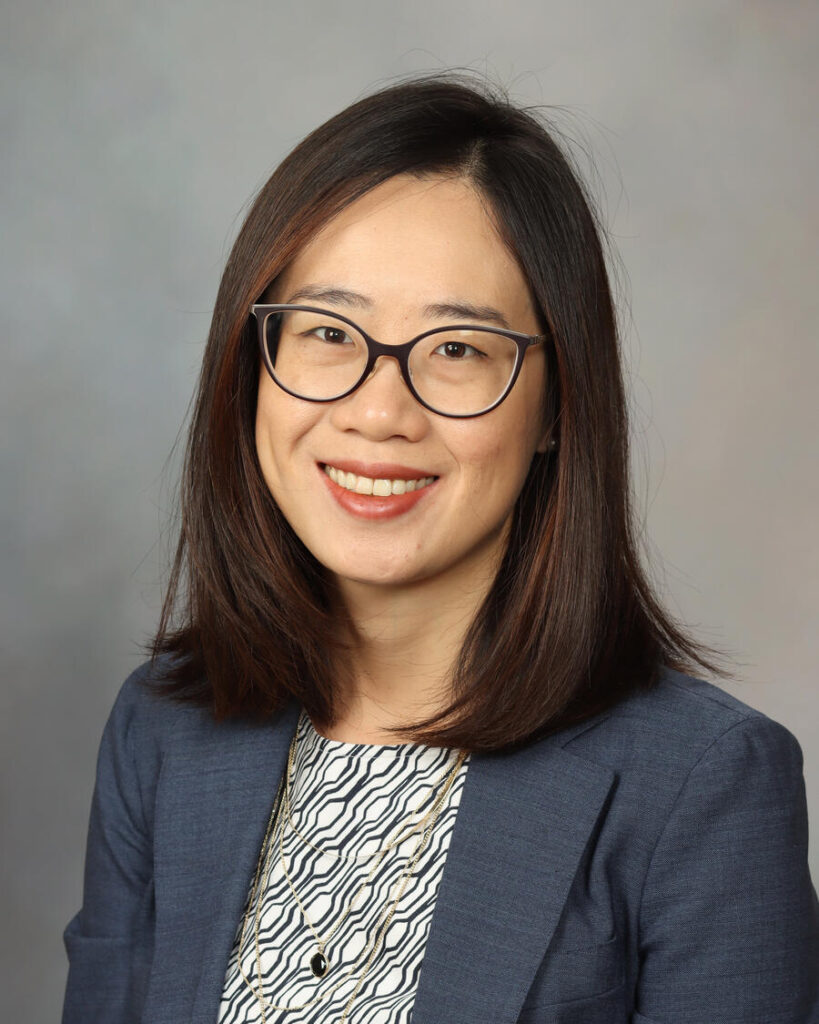
Understanding Disorders of Gut Brain Interaction
Xiao Jing (Iris) Wang, M.D. (GI ’20), Division of Gastroenterology and Hepatology, Mayo Clinic in Minnesota
Learn more.
Updated criteria from the Rome Foundation have redefined functional gastrointestinal disorders as disorders of gut-brain interaction (DGBI). DGBIs can be considered part of central sensitization syndromes and include bowel disorders such as irritable bowel syndrome.
All too often, DGBI patients are frustrated by failed attempts to diagnose their conditions. The lack of answers may contribute to feelings of helplessness and lead to illness-related anxiety and hypervigilance of symptoms. Rome criteria can help providers validate and diagnose symptomatic patients without structural GI problems.
Mimics of IBS in women include pelvic floor dysfunction (PFD) and endometriosis. PFD can lead to constipation, and pelvic physical therapy should be first-line treatment.
Endometriosis — the presence of extra-uterine endometrium-like tissue — can also overlap with IBS. This may be due to endometriosis deposits that are close to the rectosigmoid colon, causing local inflammation and prostaglandin release. Additionally, painful conditions in two neighboring internal organs can enhance pain symptoms in both, a concept known as viscero-visceral hyperalgesia.
Endometriosis and IBS should be managed in collaboration with urogynecology and gynecology.
Management of DGBIs should include a strong patient-provider alliance, parsimonious testing for possible mimics, and multidisciplinary, collaborating treatment plans.
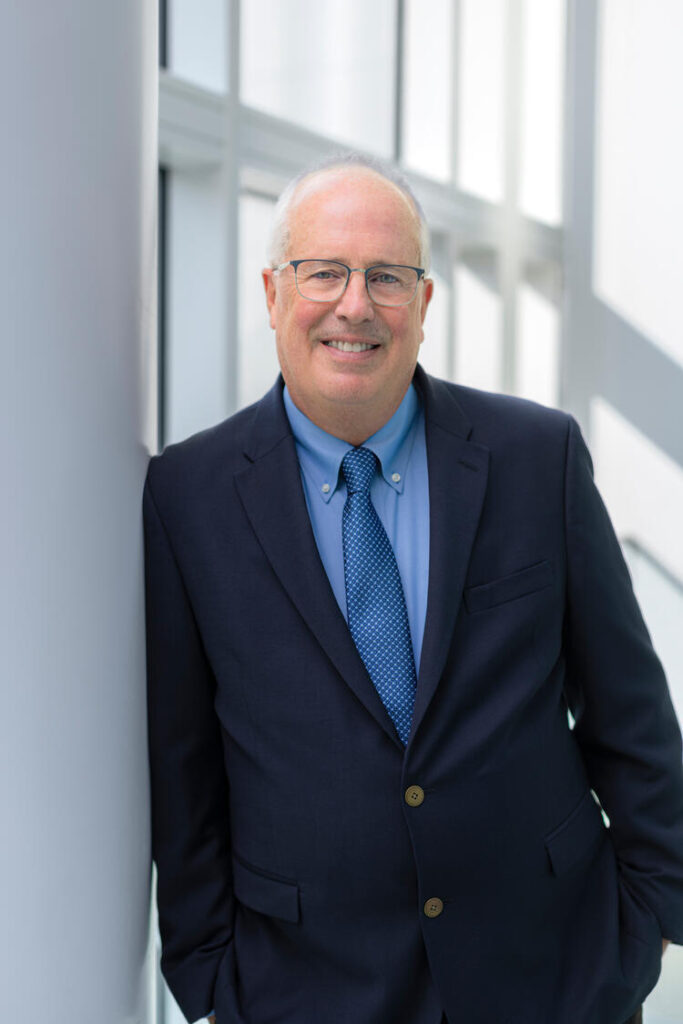
Innovations in Obesity Care
Matthew Clark, Ph.D. (P ’98), Department of Psychiatry and Psychology and the David H. Murdock-Dole Food Company Professor of Nutrition, Mayo Clinic in Minnesota
Learn more.
Behavioral weight management strategies can help interrupt the common cycle of weight loss and regain. These helpful strategies include:
Implementing an ongoing motivation plan. Remember your long-term vision, create and use a positive support system, and focus on more than just weight loss, such as improvements in energy level, self-confidence and health metrics.
Thinking positively. Rather than thinking of your behaviors as “never good enough,” take time to celebrate your wins. Correct thoughts such as “If I don’t exercise every day I am worthless” to “My goal is to be more active, how can I achieve this?”
Developing relapse prevention techniques because we all make mistakes. After overeating, reach out to your support system, be physically active to refocus, or plan a healthy meal for the next day. Say to yourself, “I made a little mistake, I can get back on track.”

Medical Expert Knowledge Meets AI: Opportunities in the Use of AI in the Diagnosis of Rare Diseases
Annette Wagner, M.D. (RHEU ’93), Medizinische Hochschule Hannover in Hannover, Germany
Learn more.
Diagnosis support systems that utilize artificial intelligence (AI) can potentially provide more efficient diagnosis and care of rare diseases (RD). This could help patients avoid the burden associated with prolonged diagnosis, such as redundant examinations and labs.
In a project with Ada Health, Dr. Wagner and colleagues evaluated a digital diagnosis assistance system for rare diseases. The aim of the system is to support physicians in the correct and timely identification of complex and rare diseases to enable targeted referral of patients to rare disease centers.
Another focus of Dr. Wagner’s work is the optimization of self-assessment technology for the identification of a wide range of rare diseases. If successfully implemented, this technology will hopefully have significant effects on identifying affected patients and decreasing their time to diagnosis.
Medical experts must be involved in the development and use of these systems. Data and legal security, as well as transparency, must be guaranteed.

Idea to Application: A View From the Trenches
Jan Stepanek, M.D. (I ’97, CMR ’98), Division of General Internal Medicine, Mayo Clinic in Arizona
Learn more.
Rather than a brilliant flash of insight, innovation is usually a protracted process. To spur innovation:
- Define the problem. Select problems that your team or organization is suited to tackle given its culture, capability and strategy.
- Build a collaborative culture. Cross-disciplinary teams with diverse but specialized expertise are critical. Different backgrounds often equate to different ways of approaching a problem, which can lead to novel solutions.
- Encourage innovation at an organizational level. It’s important for organizations to align their strategic plan with innovation in a credible way and ensure there are proper resources (such as time, tools and interactions) for innovation.
- Seek innovation from all directions. Innovation can come from a variety of sources. Errors are to be embraced and paid attention to, as great new discoveries can hide within the “error.” Other ideas may develop as a “slow hunch,” making it important to maintain and revisit past thoughts and approaches to get to a solution. Other times, things that are near and available to us can be recombined into novel thoughts and ideas.

Practical Tips for Building Resilience and Well-Being
Anjali Bhagra, M.D. (I1 ’05, I ’08), Division of General Internal Medicine, Mayo Clinic in Minnesota
Learn more.
To address stress, prevent burnout and build resiliency, try the following simple exercises:
- Morning gratitude. Before you get out of bed, spend 90 seconds thinking of five people you are grateful for. Send them your silent gratitude.
- Mindful presence. Much of our time with family is spent in a distracted state. Spend two minutes simply giving kind attention to your loved ones.
- Acts of kindness. Take a moment to perform a small act of kindness or make a connection with someone — maybe even a stranger.
On a larger scale, organizations can play an important role in combatting physician burnout. Former Mayo Clinic leaders Tait Shanafelt, M.D. (HEMO ’05), and John Noseworthy, M.D. (N ’90), emeritus professor of neurology at Mayo Clinic College of Medicine and Science, have published strategies to improve physician well-being, including cultivating community at work, using rewards and incentives wisely, and promoting flexibility, work-life integration and self-care.

Transitioning to Practice: Lessons Learned as a Young Neurosurgeon
Selby Chen, M.D. (PRES ’09, NS ’15), Department of Neurologic Surgery, Mayo Clinic in Florida
Learn more.
As he began his clinical practice as a spine surgeon, Dr. Chen learned to deal with common challenges, including:
- Complications. Complications are not always your fault, but if they are, learn from them, don’t dwell on them.
- Lawsuits. Lawsuits are almost inevitable. Know your risk management department and talk to them when an adverse event occurs.
Complications and lawsuits can contribute to burnout. To combat burnout, make an effort to:
- Battle exhaustion. When you’re continuously bombarded with messages, pages, emails and calls, it can be difficult to disconnect from your practice, making it imperative to prioritize and scale back on commitments.
- Battle feelings of inefficacy. Bad patient outcomes can make you feel like you’re not effectively helping patients. It’s important to reflect on and celebrate your successes to sustain your purpose.
- Battle cynicism. While maintaining your priorities, try to add components to your career that you find fulfilling, such as educating residents.
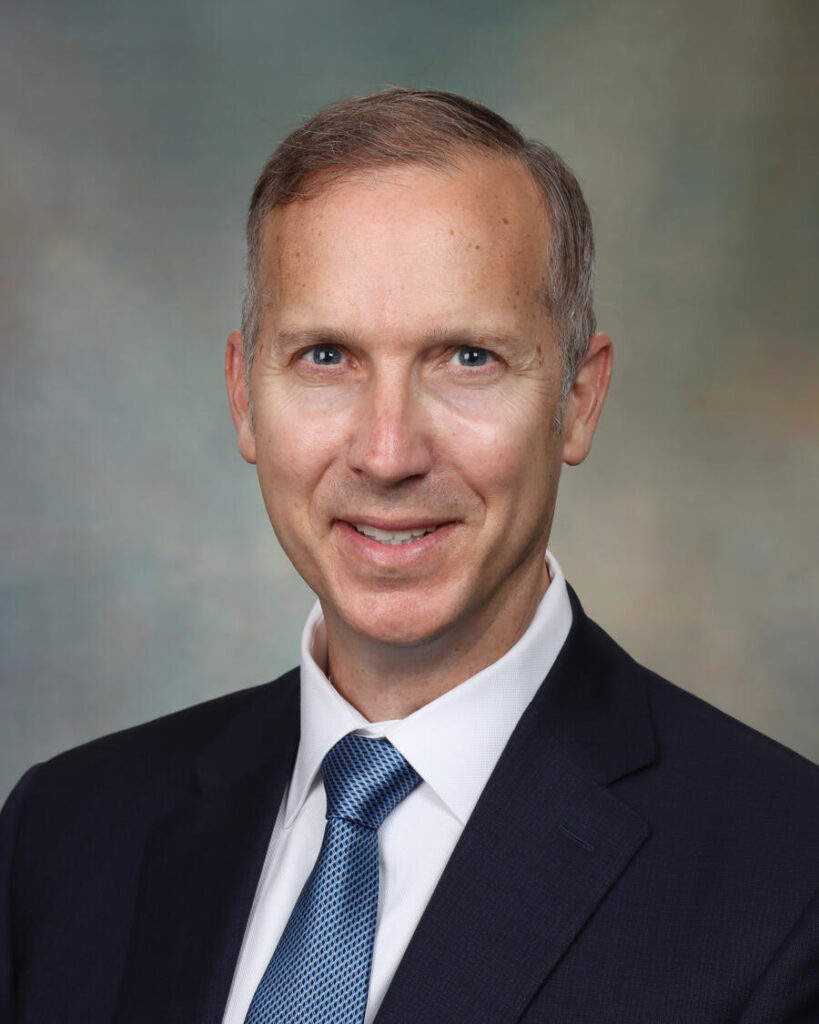
The What, How and Why of Health and Wellness Coaching: Practice Improvement for Your Patients and Yourself
Michael Hayden, M.D. (GIM ’22), Division of General Internal Medicine, Mayo Clinic in Arizona
Learn more.
“I had a primary care patient with a goal to lose 50 pounds. I counseled her on diet and exercise for years without any improvement in her weight,” says Michael Hayden, M.D. (GIM ’22), Division of General Internal Medicine, Mayo Clinic in Arizona.
“When I began using coaching techniques, her interest and motivation in our appointments completely shifted. As her coach, I really listened to why she wanted to lose weight as well as how she could enact lifestyle changes in the context of being a working, single mom. She formulated a successful weight loss strategy unique to her needs. All it took was for me to listen and ask the right questions.”
Health and wellness coaching is a systematic, evidence-based strategy to tap into patient motivation and goal setting. A coach is a facilitator of change who uses enhanced communication to catalyze personal innovation through goal setting, action and accountability.
Health and wellness coaching complements the medical model. While the physician is an expert and educator who typically explains what’s wrong and offers solutions, the coach is a partner and facilitator who helps you discover “what’s right” and uncover possibilities.
Studies have found that coaching can improve diet and stress management, increase physical activity and decrease emotional exhaustion. The U.S. Preventive Service Task Force has recommended behavioral counseling like coaching to promote a healthy diet and physical activity in patients with cardiovascular risk.
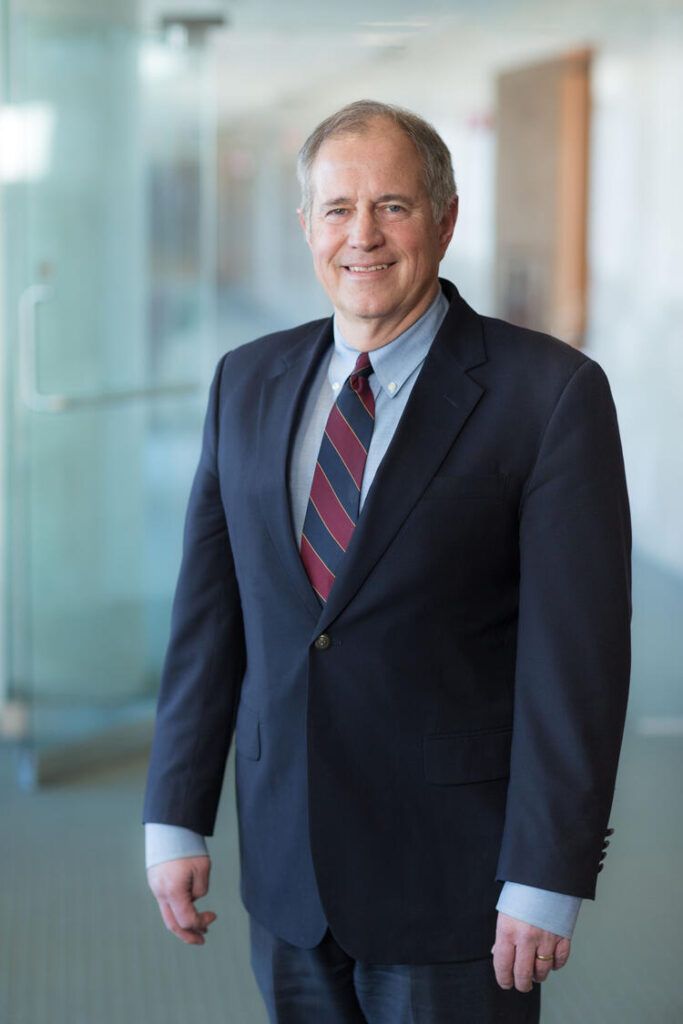
A Brief History of Cancer
Thomas Smith, M.D. (MED ’83), Pediatric Oncology, Littleton, Colorado
Learn more.
Historic milestones in the understanding and treatment of cancer include:
- ~160 AD. Greek physician and surgeon Claudius Galenus proposes that cancer is caused by black bile trapped in the body.
- 1775. Dr. Percivall Pott discovers one of the first carcinogens, after associating an increase in scrotal cancer with chronic skin exposure to chimney soot.
- Mid-1800s. The discovery of anesthesia in 1846 and antisepsis in 1867 greatly advances the ability to treat cancer surgically.
- 1890s. Dr. William Halsted advocates for aggressive radical mastectomies, believing that these surgeries improve cure rates. It takes 80 years to prove that these disfiguring surgeries offer no curative benefit.
- 1943. Survivors of a World War II mustard gas explosion later die of bone marrow depletion, prompting scientists to develop nitrogen mustard chemotherapy to destroy malignant white blood cells.
- 1948. Pathologist Dr. Sidney Farber discovers another chemotherapy agent when synthetic antifolate (similar to methotrexate) produces dramatic short-term improvement in children with acute leukemia.
- Mid-1900s. Lung cancer mortality rates rise in the 1950s, 1960s and 1970s, contributing to an increase in overall age-adjusted cancer mortality in the U.S.
- 2000s. Targeted therapy and immunotherapy are new advances.
- Future. Cancer therapy will include a better understanding of genetics with subsequent gene therapy.
To learn more on this topic, read The Emperor of All Maladies: A Biography of Cancer by Siddhartha Mukherjee.

Advances in Ischemic Stroke Therapy
Joern Sieb, M.D. (N ’93), Department of Neurology, Helios Hanseklinikum Stralsund in Stralsund, Germany
Learn more.
Acute ischemic stroke is a medical emergency with significant consequences for brain function — an urgency summarized by the phrase “time is brain.”
To encourage timely care, stroke education and awareness campaigns must emphasize early dialing of 911. In addition, healthcare teams must optimize pathways to the hospital and reduce time to treatment. Strategies include:
- Mobile stroke units for delivering hyper-acute stroke treatment. Barriers include high cost and the difficulty in using 911 calls to triage the need for these units.
- Telestroke practice, which allows physicians from comprehensive stroke centers to remotely deliver treatment in areas that do not have consistent local neurology coverage. Research comparing stroke centers and telestroke-served hospitals has found similar morbidity and mortality outcomes.
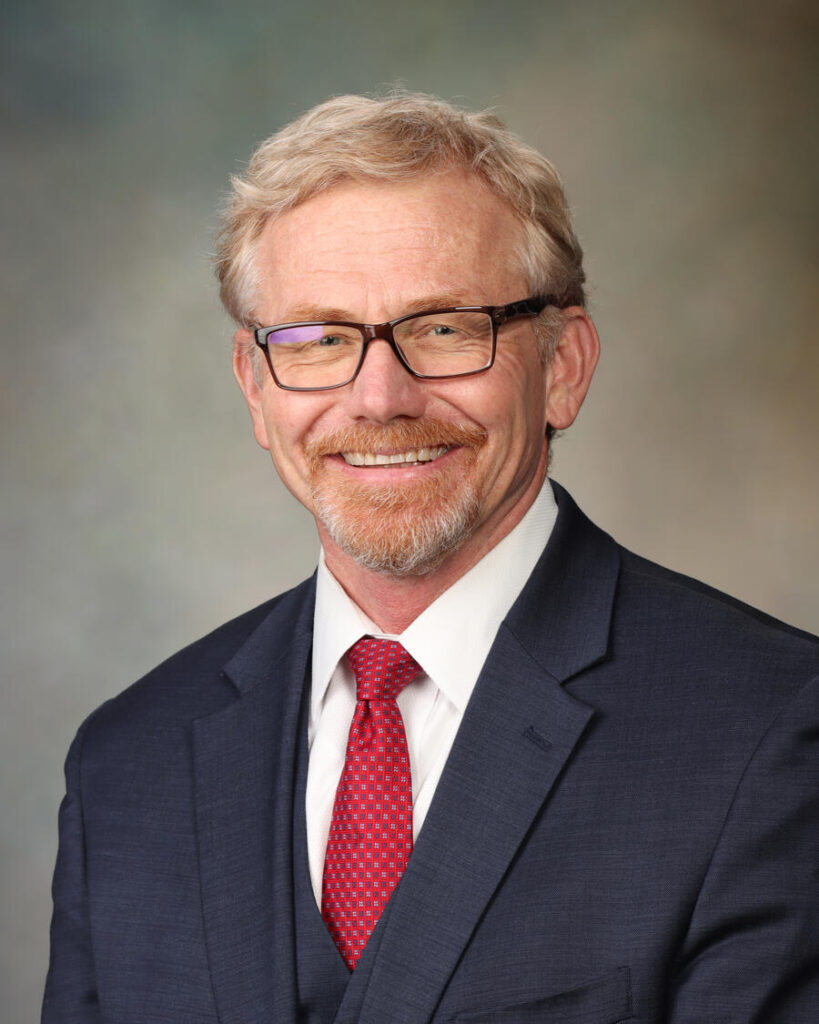
Comprehensive, Expedited Evaluation of the Undiagnosed Mass
Steven Ressler, M.D. (GIM ’02), chair, Division of General Internal Medicine, Mayo Clinic in Arizona
Learn more.
Patients who have a newly discovered mass that is concerning for cancer often experience many gaps in care and treatment. Delays in access to appropriate care, uncertainty about initial diagnostic tests and a pervasive lack of consensus literature all contribute to tremendous psychosocial stress for patients.
Mayo Clinic created the Undiagnosed Mass Clinic (UMC) to address these challenges and transform how cancer is diagnosed at Mayo Clinic and around the world. The UMC is an enterprise-wide clinical and research program intended for patients with a possible malignancy but without a clear diagnostic pathway or specialty to address it.
The UMC features a dedicated group of consultative internists who work to bring the strengths of Mayo Clinic to patients in their hour of uncertainty and need via a groundbreaking, truly integrated multispecialty clinic. One of the key value propositions is to offer patients an appointment within a matter of days, often reviewing images prior to their visit, with a tentative biopsy already scheduled to follow. Patients with a confirmed cancer diagnosis are then offered expedited access to the full range of cancer treatment options.
In the future, UMC also plans to pursue novel publications, create intersite collaborations, selectively use multi-cancer early detection (MCED) tests, and incorporate predictive algorithms for conditions such as lymphoma, sarcoidosis or tuberculosis to assist with diagnosis — all of this in the name of transforming how cancer is diagnosed.

Full Circle: Mentorship Modeled – Mentorship Learned
Carl Backer, M.D. (MED ’80), chief, Section of Pediatric Cardiothoracic Surgery, UK Kentucky Children’s Hospital in Kentucky
Elizabeth Stephens, M.D., Ph.D. (CS ’19), Department of Cardiovascular Surgery, Mayo Clinic in Minnesota
Learn more.
Quality mentorship is essential to train future generations of healthcare professionals. Mentorship has been defined as a “power-free, two-way, mutually beneficial learning situation where the mentor provides advice, shares knowledge and experiences, and teaches using a low key, self-discovery approach.”
A great mentor:
- Cares about the mentee as a person.
- Enables the mentee to do things that they never thought they could.
- Is a great supporting cast member.
- Provides long-term, long-distance support.
In a successful mentee-mentor relationship, the mentee must:
- Implement change, even when uncomfortable.
- Be receptive to input and commit to improvement.
- Engage in self-critique, be vulnerable with the mentor about challenges, and ask for help when needed.
- Provide feedback to the mentor.
This story appears in the latest issue of Mayo Clinic Alumni magazine. You can read or download a PDF of the issue here.
Mayo Clinic alumni are entitled to the print version of the quarterly magazine. If you’re not receiving the magazine, register or log in to your online MCAA profile to make sure your address is correctly entered. Or contact the Alumni Association at mayoalumni@mayo.edu or 507-284-2317 for help.
Not sure if you’re an alum? If you’ve worked or studied at Mayo Clinic, you might be surprised. Learn more here.